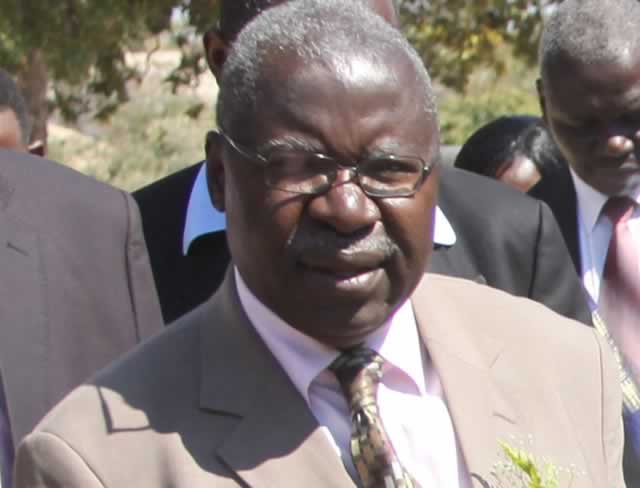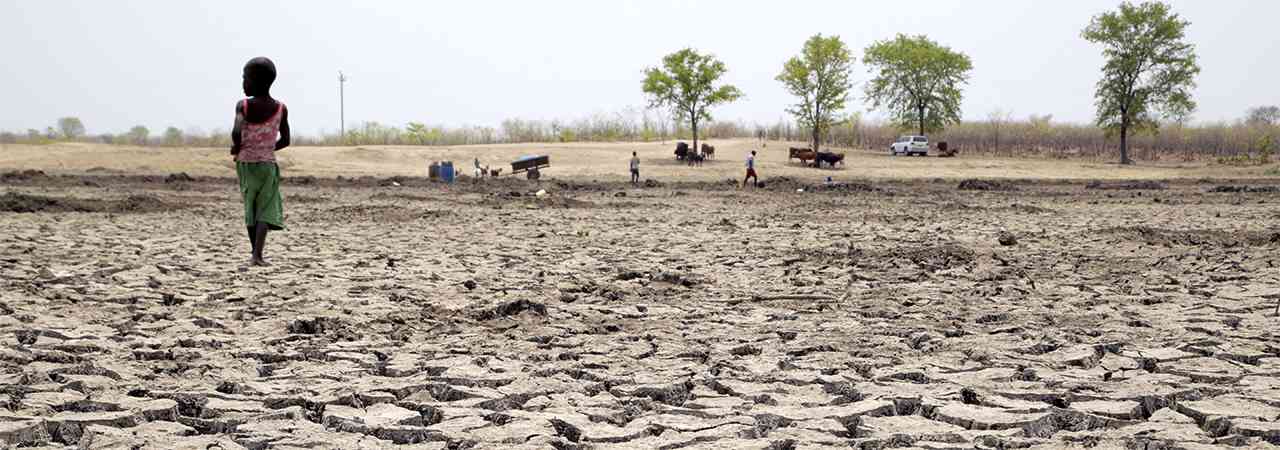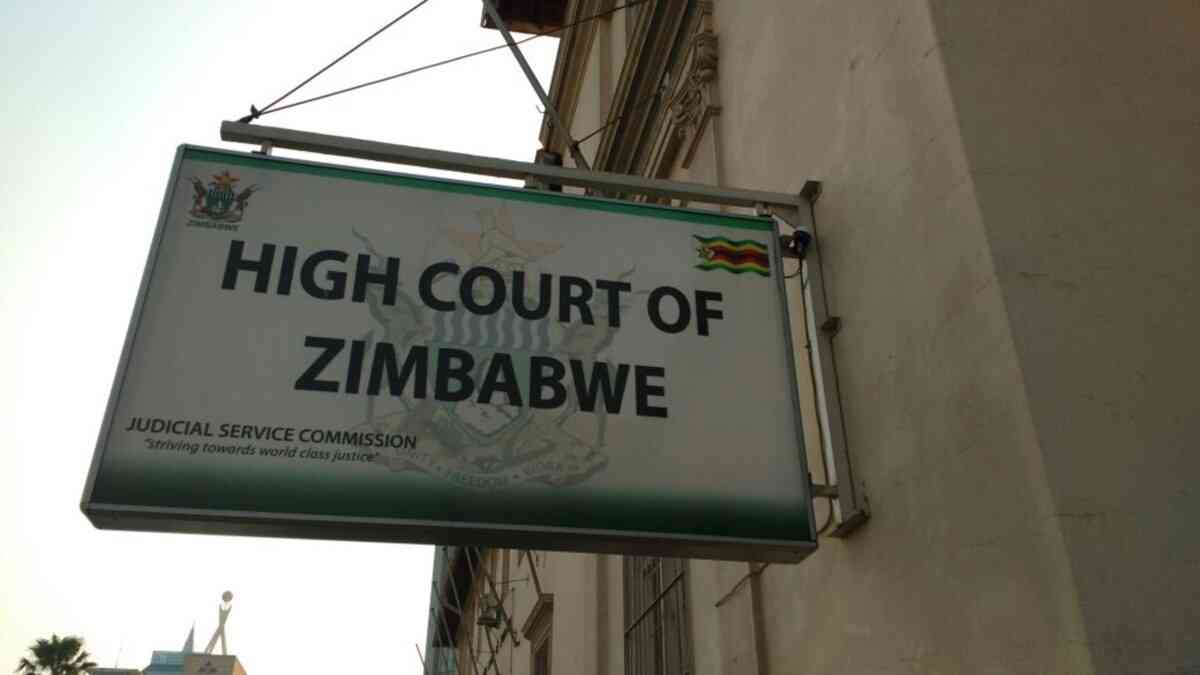
GOVERNMENT says it will soon compulsorily phase out electric geysers and replace them with solar gadgets part of efforts to ease the load on the national grid following a sharp decline in electricity generation in the country.
BY NQOBILE BHEBHE
In a statement, Secretary for Energy and Power Development Partson Mbiriri said the switch over to solar-powered geysers would help the country serve at least 300mw of electricity.
The country has an estimated 250 000 electric geysers which are expected to be replaced or retrofitted with solar geysers.
Mbiriri said the official launch of the National Domestic Solar Water Heating programme is set for Wednesday in Harare .

It will be held under the theme Stimulating Economic Growth and saving energy though harnessing natural resources.
“Zimbabwe is currently facing an acute power shortage and it has been identified that substantial power is consumed by domestic electric geysers.
- Chamisa under fire over US$120K donation
- Mavhunga puts DeMbare into Chibuku quarterfinals
- Pension funds bet on Cabora Bassa oilfields
- Councils defy govt fire tender directive
Keep Reading
“One way of mitigating the power shortage is to substitute electric geysers with solar geysers.
“It will soon be a requirement that all new buildings/ structures are to be fitted with solar geysers and not electric geysers. Electric geysers in old buildings must also be replaced with solar geysers,” he said.
Last week, Zesa announced a punishing 18-hour load-shedding regime and blamed the blackouts on low water levels at Kariba Dam and breakdowns at Hwange Power Station, which have affected electricity generation. Since 2007, the country has been experiencing increased load-shedding and unscheduled power supply disruptions, forcing consumers to switch to other energy sources such as solar, gas, firewood and diesel generators.
According to the latest load-shedding schedule, most residential areas will go from 4am to 10pm without power.
A statement released by Zesa’s subsidiary — the Zimbabwe Power Company — on its website last week showed that Hwange was generating 414MW, Kariba 500MW, Harare Power Station 30MW, Munyati 22MW and Bulawayo 18MW, translating to a mere 984MW for the whole country.










